Reservoir Planters Help Beat the Heat
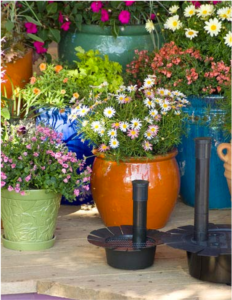
Figure 4: These planters utilize reservoir inserts.
When I moved to Austin in 1998, our first house had a balcony outside our master bedroom. I was delighted that I would be able to wake up every morning to a beautiful array of flowers arranged in pots right outside our windows. It worked well in March. By June, I was watering the pots twice a day. By August, I couldn’t keep anything alive. That’s because the balcony faced due west and had no roof. I gave up until fall.
It was years later that I discovered the solution — reservoir planters, sometimes called self-watering pots. These pots come in various shapes and sizes and all include a false bottom, below which is a chamber filled with water. You water from the top as usual. And, you water from the bottom up, by filling the chamber from a tube at the top of the planter. As the water begins to evaporate, it is drawn up through soil, keeping it moist longer, even in the scalding sun and heat of an Austin August.
Build Your Own Grow Box
My first reservoir planter looked much like the tub style in Figures 1 and 2.
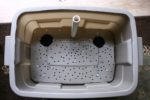 Figure 1: Reservoir planter modeled after the Travis County Master Gardener Grow Box. |
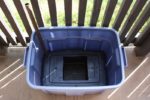 Figure 2: Reservoir planter with single wicking hole in the converted plastic tote box. |
To my amazement, I went from watering twice a day, to watering every other day. I enjoyed healthy daisies and bright salvias all summer.
Convert Regular Pots to Reservoir Planters
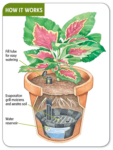
Figure 3: You can convert almost any existing container.
These days there is an array of clever options that incorporate the reservoir chamber, as seen in Figure 4. You can convert a regular pot into a reservoir planter using an insert as shown in Figure 3.
Go Big!
On a larger scale, reservoir planters can accommodate practically any plant. Last year, I found a wound-trunk, tree-like bougainvillea. Then, I found the pot in Figure 5. Note in Figure 6, not only does it have a false bottom, but it also has cellulose tubes that rise into the soil for more evenly dispersed watering. In Figure 7, see that the fill tube also has a bob gauge to tell you when it’s time to refill. Figure 8 is the finished product. In full sun, the bougainvillea can go five days between watering.
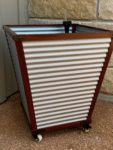 Figure 5: Don’t be afraid to go big! |
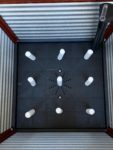 Figure 6: Cellulose tubes help to disperse water. |
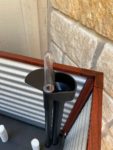 Figure 7: This fill tube an bob gauge indicates when water is needed. |
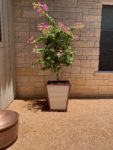 Figure 8: The reservoir planter allows this bougainvillea to flourish. |
Use Blocks in Really Big Planters
This year, I was emboldened to try an even larger scale. How can the four-foot-tall pot in Figure 9 be self-watering? By utilizing a cinder block to support a specialized insert. The two-foot-tall insert is in three parts. The two nesting pieces in Figure 10 combine to create the reservoir with watering holes on each side, Figure 11. Then a cellulose fabric liner, Figure 12, is added to aid in moisture wicking. A cinder block is placed on end inside the exterior pot, Figure 13. The reservoir planter sits atop cider block, Figure 14. In the part-sun conditions on the porch, the succulents can go a week or more without adding water.
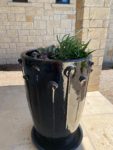 Figure 9: Giant pots can be adapted with reservoirs. |
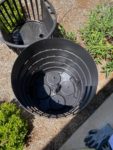 Figure 10: These two pieces nest together inside the planter. |
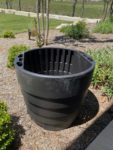 Figure 11: The fully assembled reservoir features watering holes at top. |
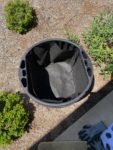 Figure 12: A cellulose fabric lines the reservoir. |
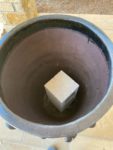 Figure 13: A cinder block is placed inside planter to hold up reservoir. |
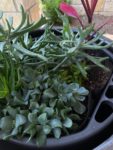 Figure 14: Even succulents can use a little watering help in Austin summers. |
Reservoir planters might not be suited to every situation. But, they’re an effective defense against the dog days of summer. Just like an ice-cold glass of lemonade. Bottoms up!
About Kirk Walden

Kirk is a hands-on experiential gardener. While he appreciates the cerebral aspects of gardening, he revels in the visceral experience of digging in the dirt. When he moved to Austin in 1998, the home had virtually no landscaping, mostly just limestone and cedars. His determination to beautify it led to an avocation as a serious gardener that culminated in Travis County Master Gardener Certification in 2014.
Additional Resources
Watch Kirk’s webinar: Drought to Deluge: Water-Wise Ways
Monthly Gardening Calendar for the Austin Area
How to Water Efficiently in Central Texas – tables listing water output and methods
Water Education in Texas – information hub from Texas A&M AgriLife Extension
Earth-Kind® Drought Preparedness
Texas Evapotranspiration Network – use for weather information, current and average evapotranspiration data, and irrigation watering recommendations
The Texas Manual on Rainwater Harvesting – from the Texas Water Development Board
Making a Rain barrel – from Texas A&M AgriLife Extension

